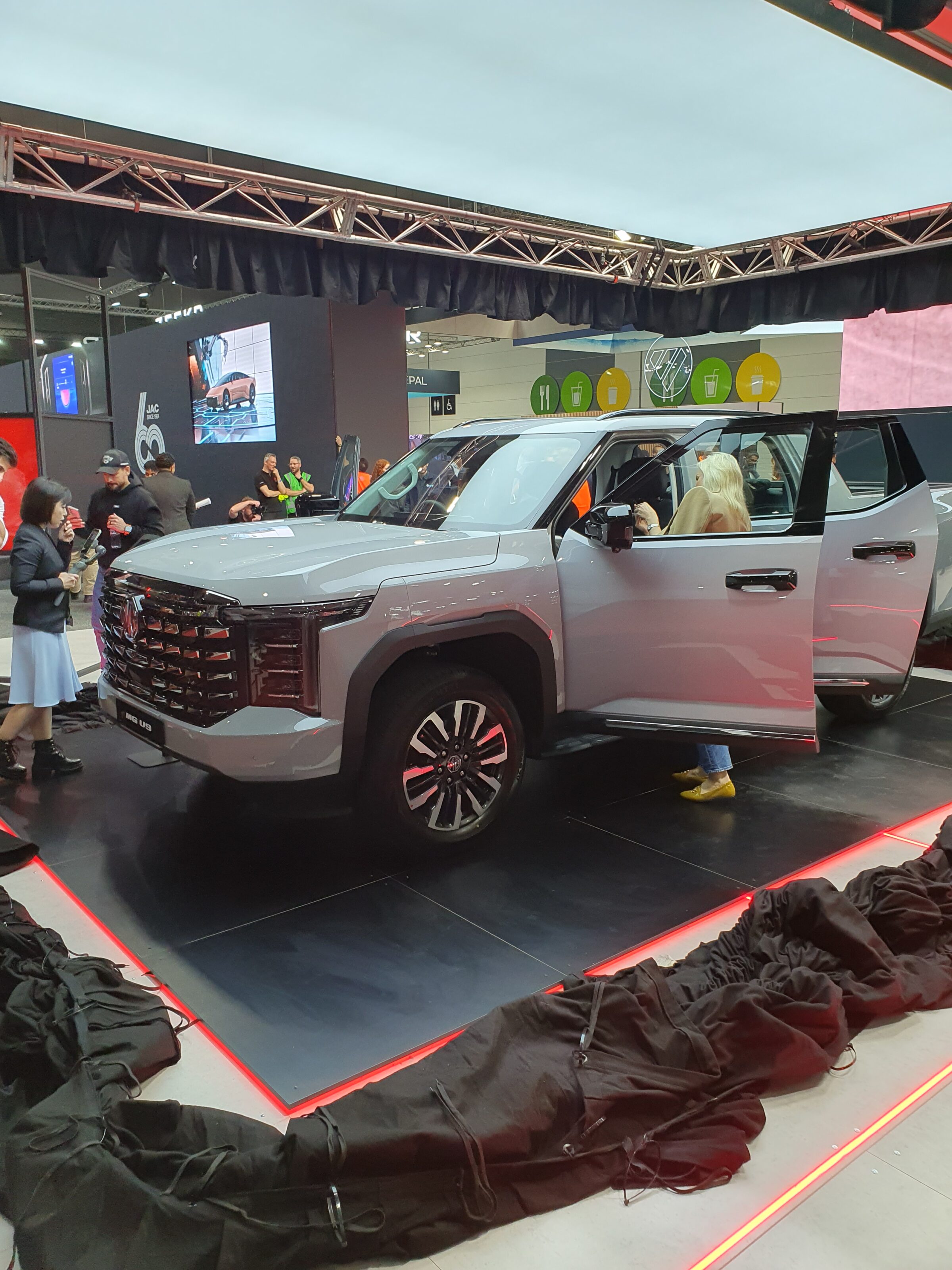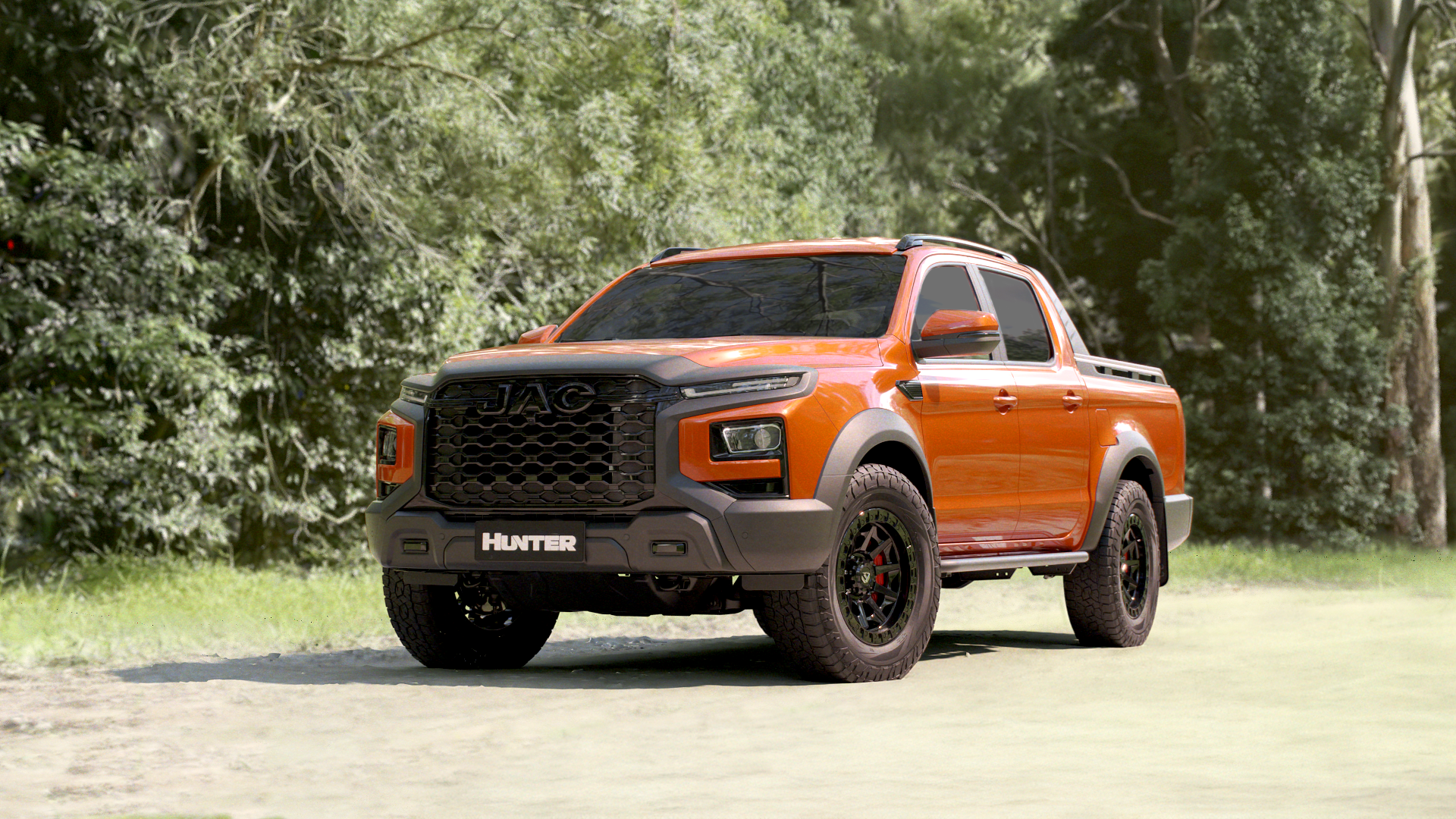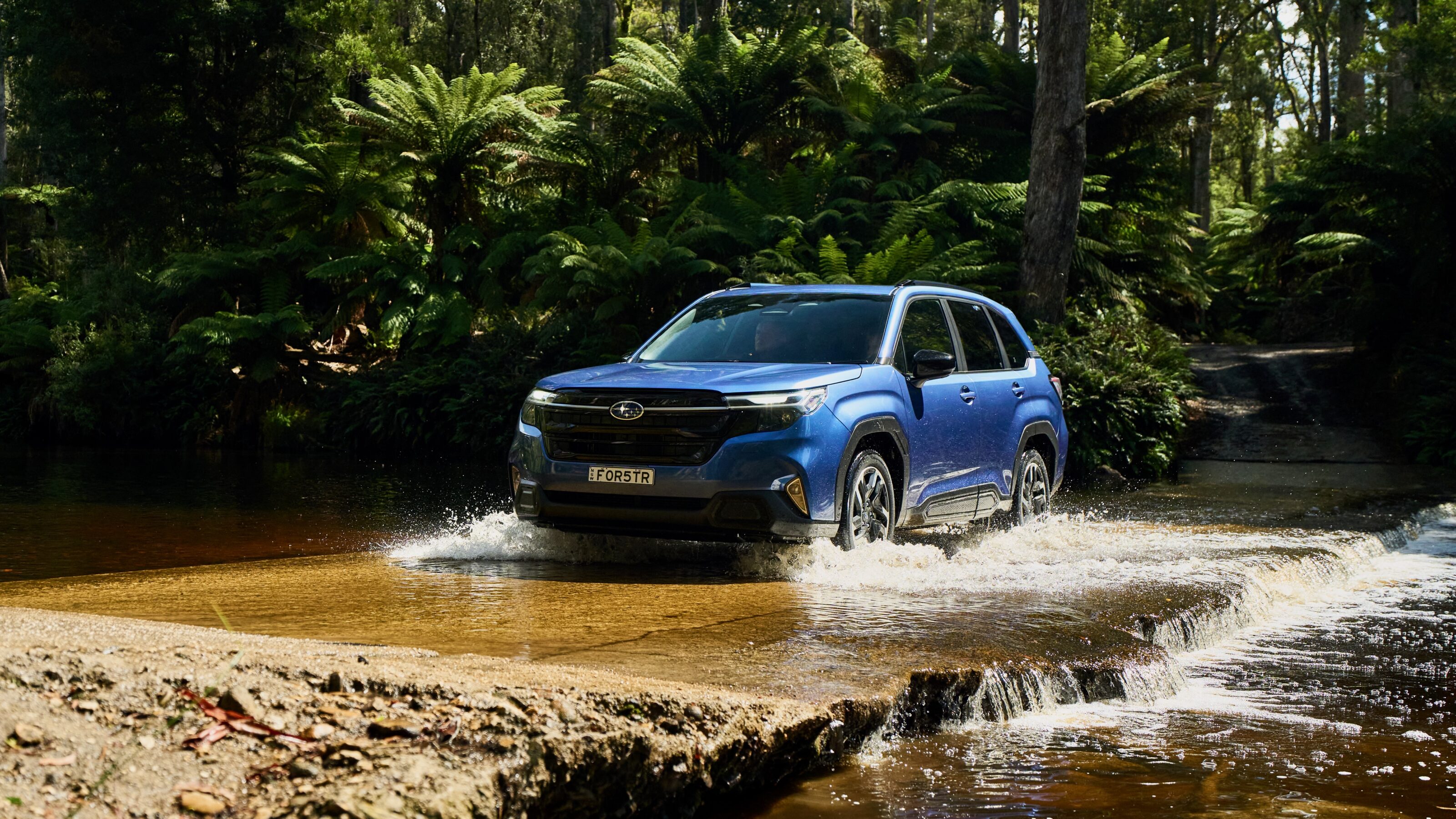BMW’s most affordable model range is on course to be Australia’s best-selling premium small car for the first time since 2006.
A surge in demand for the 2 Series Gran Coupe and solid growth for its 1 Series hatchback twin puts them in the lead of their segment after the first four months of 2021, according to official industry data.
The models that share virtually everything except name and body style lead against the equivalent hatchback/sedan double-acts from Audi and Mercedes-Benz, the A3 and A-Class, respectively.
Sales of the 2 Series Gran Coupe, introduced in February 2020, had a month-on-month increase of 237 per cent in April – up from 65 to 219 units.
Although triple-figure growth wasn’t uncommon last month due to comparisons with the pandemic-hit April 2020, the Gran Coupe’s year-to-date sales are still up by an impressive 176 per cent.

The model was boosted by the late-2020 introduction of a mid-range 220i variant.
The 2 Series Gran Coupe outsold the 1 Series last month for the first time – 219 to 214 units – though the hatchback remains ahead in year-to-date sales, 1016 to 706.
The combined sales of 1733 create a 400-unit-plus buffer to the Mercedes-Benz A-Class range (1317 units), with the ageing Audi A3 third with 208 sales. A new-generation version of the A3 goes on sale later this year.
Historically, the A3 has been the nation’s most popular premium compact car on more occasions than any other model. It achieved number one status from 2009-2011 and from 2015-2018. Its 2016 tally of 6161 units remains a record for the segment.
Mercedes’s A-Class took top honours in 2013 and 2014 after the company turned the third-generation version into a more conventional, VW Golf-rivalling hatch, as well as 2019 and 2020 after the introduction of the fourth-generation model.
The latest A-Class added a sedan variant for the first time, contributing to a particularly dominant 2020 when Mercedes sold 6054 A-Class vehicles – a 43 per cent share of the category. The 1 Series and 2 Series Gran Coupe duo accounted for 3798 sales.
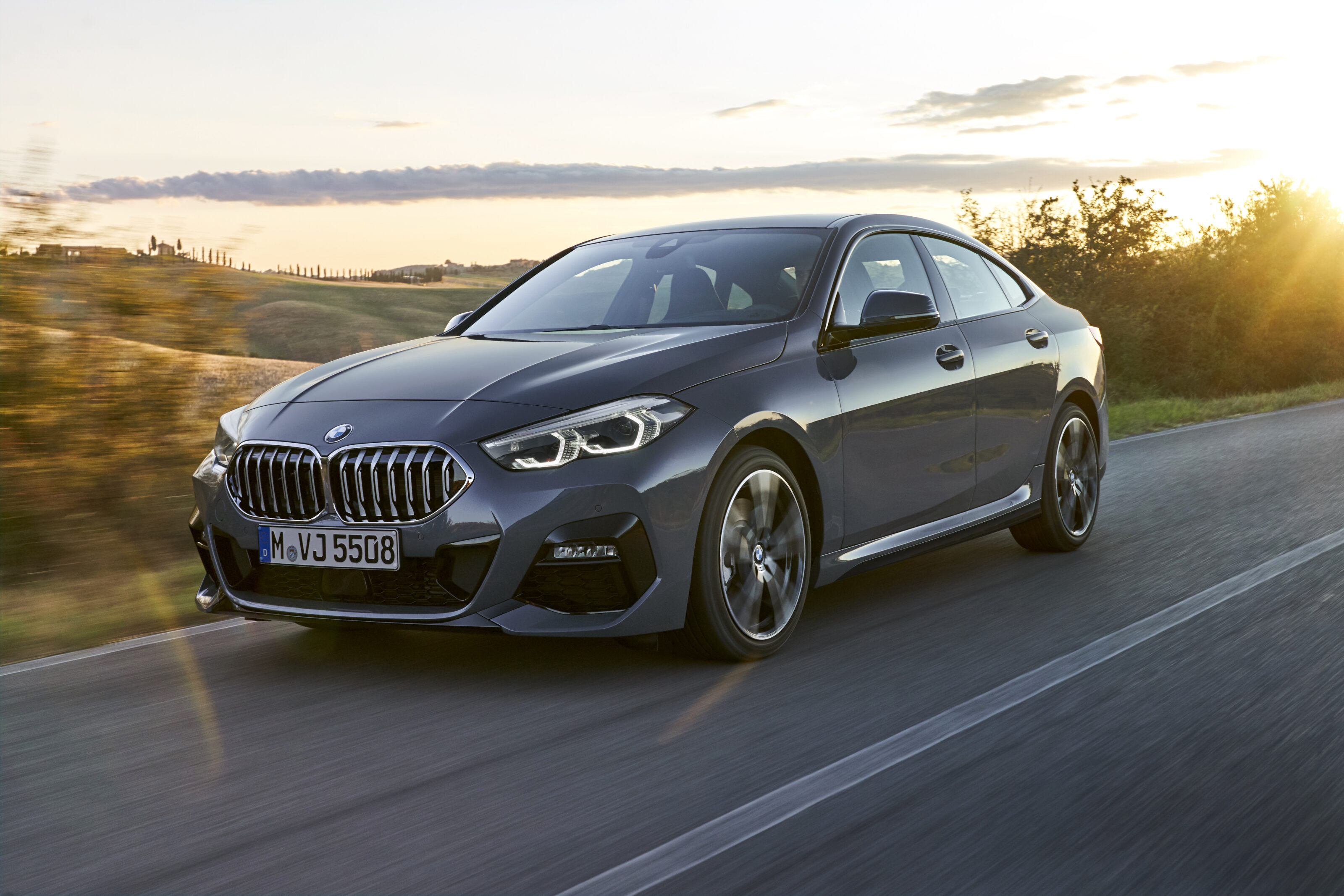
The BMW 1 Series managed to outsell both the A3 and A-Class in 2007, 2008 and 2012, although it was edged out by another car in each instance. The A-Class’s MPV relative, the B-Class, was victorious in 2007 and 2012, while BMW’s British hatchback, the Mini, was the sales champion in 2008.
The 1 Series made the perfect start after the original, E87 model debuted in September 2004. In just four months it almost outsold the full-year sales of the BMW Compact model it was effectively replacing, before the 1 Series became the best-selling premium small car in both 2005 and 2006.
BMW’s third-generation 1 Series introduced in 2019 switched, somewhat controversially for the brand, from a segment-unique rear-wheel-drive format to a front-wheel-drive layout. The exception to this being the flagship M135i xDrive variant which features all-wheel drive.
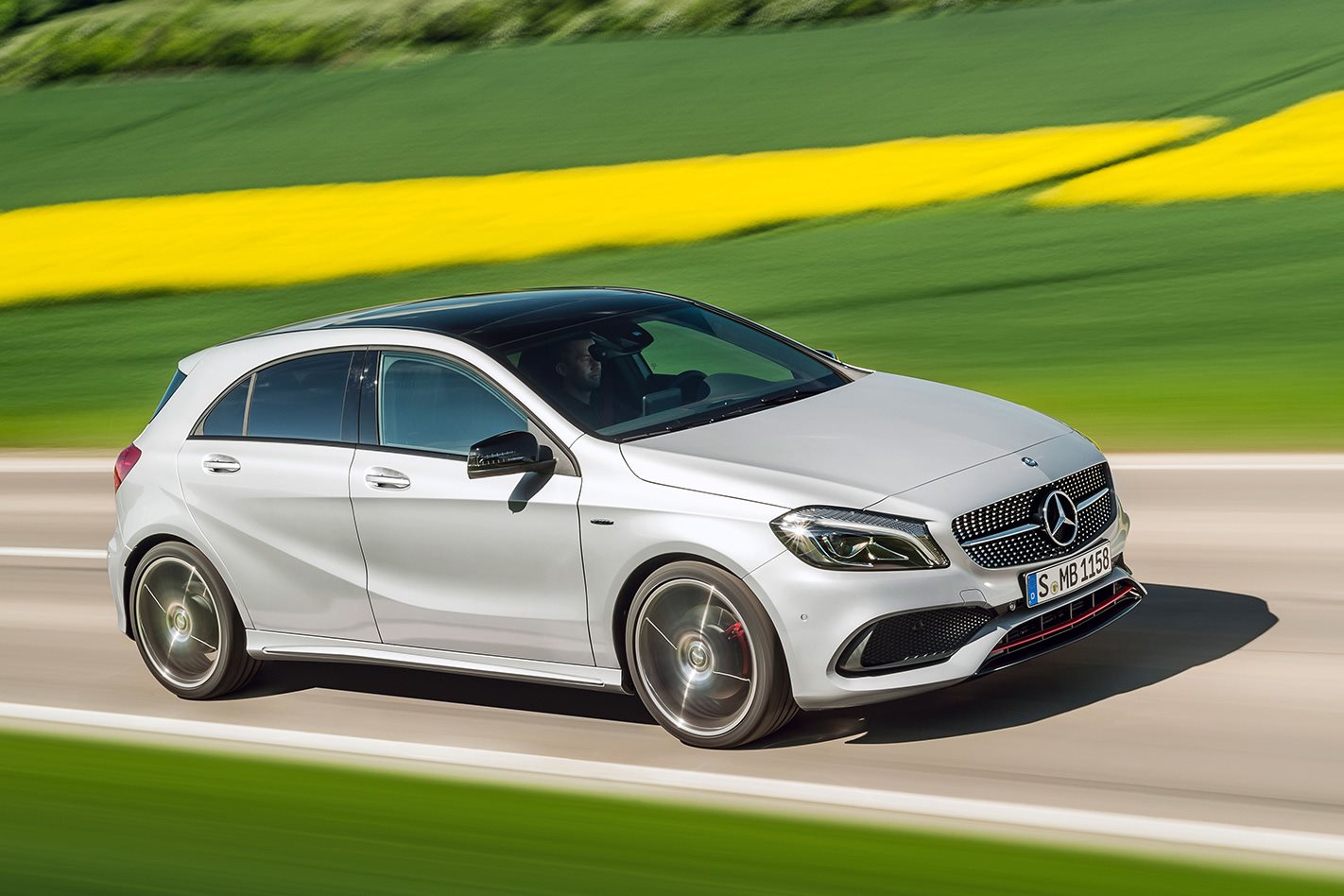
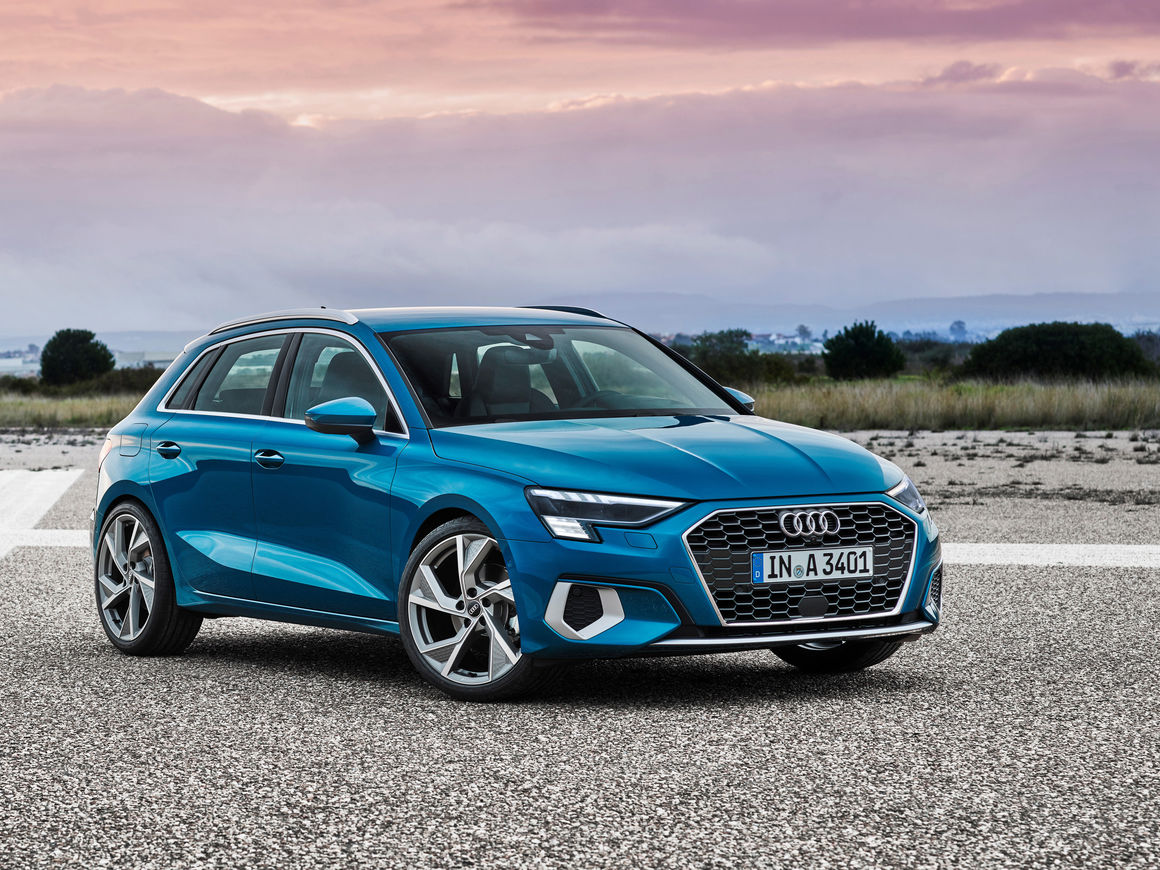
The 2 Series Gran Coupe’s entry-level 218i and range-topping M235i xDrive variants mirror the 118i and M135i xDrive in the 1 Series line-up, though each model features a different mid-range version. Where the Grand Coupe has a 220i – with an uprated version of the four-cylinder turbo in the 118i/218i – the 1 Series’s mid-spec variant is the newly arrived 128ti front-drive hot-hatch.
The BMW 1 Series range starts from $47,900 with the 2 Series Gran Coupe carrying a $5000 premium over its hatchback equivalent.
Figures reported for the 1 Series don’t include the Coupe and Convertible variants, which were sold between 2008 and 2013 but classified as sports cars by official data. The two-door 1 Series models were renamed the 2 Series for 2013 onwards, a naming convention that was retained for the 2 Series Gran Coupe that is essentially a 1 Series sedan.
The coupe/convertible models are due to be replaced with a new-generation 2 Series in late 2021, with the sports cars retaining a rear-drive layout and a six-cylinder engine option.



